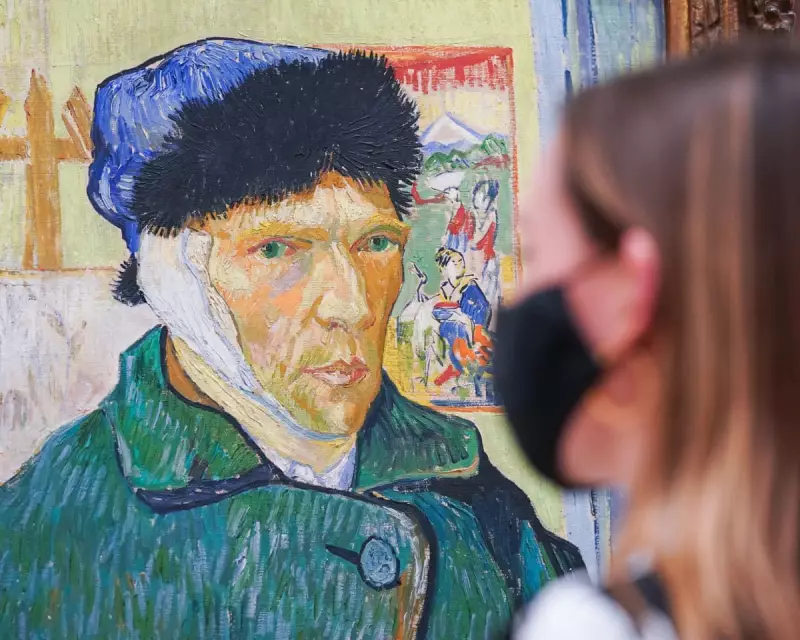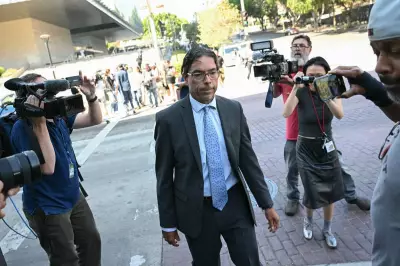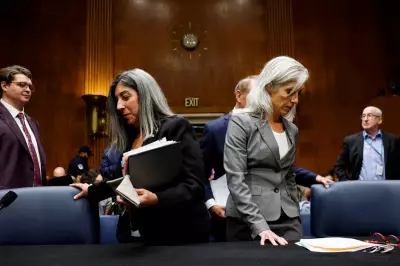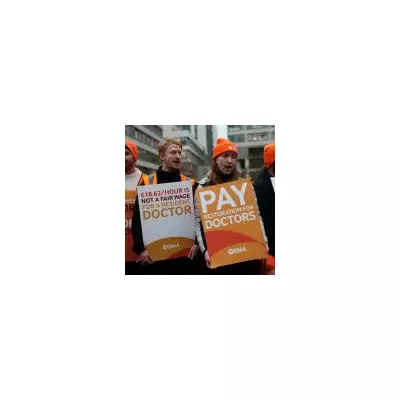
In a revolutionary shift that blurs the lines between culture and clinical care, doctors across Britain are increasingly writing prescriptions for something unexpected: art. From museum visits to gallery tours, cultural experiences are becoming recognised as powerful medicine for both physical and mental wellbeing.
The Science Behind the Brushstrokes
Medical research is now catching up with what many have intuitively known for centuries - that engagement with art and culture has measurable therapeutic benefits. Studies demonstrate that regular cultural participation can:
- Reduce stress hormones and lower blood pressure
- Alleviate symptoms of depression and anxiety
- Improve cognitive function in older adults
- Help manage chronic pain conditions
- Strengthen social connections and combat loneliness
From Gallery Walls to Doctor's Prescriptions
The movement towards formalising art as treatment is gaining significant momentum. Several NHS trusts have already implemented social prescribing schemes that include cultural activities alongside conventional medical treatments. Patients suffering from conditions ranging from dementia to post-operative recovery are being directed towards carefully curated cultural experiences.
London's major institutions, including the British Museum, Tate galleries, and Royal Academy of Arts, have developed specific programmes to support these health initiatives. These aren't casual visits, but structured engagements designed to maximise therapeutic benefits.
Why This Approach Matters Now More Than Ever
This cultural prescription movement arrives at a critical juncture for Britain's healthcare system. With mental health services stretched thin and an aging population requiring innovative care approaches, art-based interventions offer a cost-effective, accessible complement to traditional medicine.
The timing couldn't be more relevant as the country faces what many experts describe as a loneliness epidemic and mental health crisis. Cultural prescriptions provide not just treatment but community connection - addressing multiple health challenges simultaneously.
Beyond Aesthetic Pleasure: The Physiological Impact
What makes this approach particularly compelling is the growing body of evidence showing that art engagement isn't merely a pleasant distraction. Neuroscience reveals that viewing art we find beautiful triggers dopamine release in the brain - the same pleasure chemical associated with falling in love or enjoying excellent food.
Meanwhile, creating art engages multiple brain regions simultaneously, potentially building new neural pathways and improving cognitive resilience. The combination of visual stimulation, emotional engagement, and often physical movement involved in cultural participation creates a multi-faceted therapeutic experience.
The Future of Integrated Healthcare
As research continues to validate these approaches, we're likely to see cultural prescriptions become increasingly sophisticated. Imagine tailored museum routes for specific conditions, or virtual reality art experiences for housebound patients. The potential for technology to expand access to these cultural treatments is particularly exciting.
This isn't about replacing conventional medicine, but rather creating a more holistic approach to health that recognises humans as complex beings requiring care for both body and soul. The masterpiece, it turns out, might be one of the most sophisticated medical tools we have.
The integration of art into healthcare represents a return to a more complete understanding of healing - one that acknowledges the profound connection between our aesthetic experiences and our physical wellbeing. As this movement grows, it promises to transform not just individual health outcomes but potentially reshape our entire approach to what constitutes effective medical treatment.





